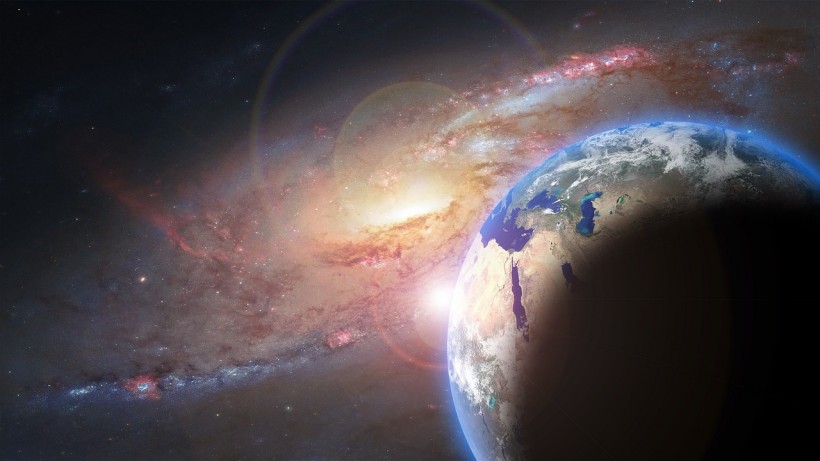Planetary waves affect the Earth's atmospheric dynamics that it disrupts our stratosphere. This is according to a new study, which suggests the waves and the disturbance it causes lead to extreme warming and cooling effects in different parts of the world. They are natural phenomena that are relative to our planet's rotation, atmosphere, and ocean.
Even prior to the said study, scientists have long thought that a planetary wave or a 'Rossby wave' is a long wavelength and weather system flowing through the atmosphere. Now, researchers have determined these wavelengths can generate the said disturbances, causing temperature changes in the Arctic region and mid-latitudes worldwide.
What is a Rossby Wave?

Rossby waves is a natural process that occurs in rotating fluids. Inside the Earth's atmosphere and ocean, these planetary waves form due to the rotation of our planet, according to the National Oceanic and Atmospheric Administration (NOAA).
These waves come in different shapes and sizes. Yet, their general size is massive, stretching horizontally worldwide with distance of hundreds of kilometers in a westward direction, the NOAA adds. Their gargantuan size can change Earth's climate conditions.
For instance, oceanic Rossby waves can contribute to coastal flooding and high tides in some parts of the world, along with the compounded impacts of rising sea level, King Tides, and the El Nino weather phenomenon. Meanwhile, atmospheric Rossby waves serve as a support in the transfer of heat from the tropical regions towards the icy polar regions. This process aims to return balance to the atmosphere, the U.S. government agency states.
Also Read: Earthquakes and Its Seismic Waves Reveal the Earth's Outer Core Has Started to Change
Atmospheric Dynamics Alteration
In the new research paper published in the journal Atmospheric Chemistry and Physics in April 2023, scientists explored the relative contribution of planetary waves to the atmospheric circulation through numerical modelling. Using the general circulation model, the scientific team focused on the middle and upper atmosphere to study the impact of Rossby waves on the global atmospheric circulation; factors include zonal wind, residual meridional circulation, and temperature.
The research was conducted by physicists from St. Petersburg University, specifically by scientists at the Ozone Layer and the Upper Atmosphere Research Laboratory.
Just like oceanic tides, the planetary waves also exist in the atmosphere, as mentioned before, but they are invisible to the naked human eyes. They occur in a certain period per day but several times for up to 30 days, as cited by Phys.org.
Extreme Weather Events
While planetary waves and their impact on the global atmospheric circulation are considered ordinary, the multi-faced effects of climate change and global warming, relative to these invisible wavelengths, could further intensify extreme weather events.
Experts assert Rossby waves can lead to stagnating weather systems in favor of extreme events like droughts and heatwaves, as cited by the website Copernicus. This notion is evident as the temperature-altering effects of planetary waves, mentioned in the new study, are important factors for different weather phenomena.
Related Article: Studying Surface Waves for the First Time Could Help Decipher How Mars Formed and Evolved
© 2024 NatureWorldNews.com All rights reserved. Do not reproduce without permission.




![Roundworms with Short Memories 'Stop Forgetting' When Frozen or Given Lithium [Study]](https://1471793142.rsc.cdn77.org/data/thumbs/full/70295/280/157/50/40/roundworms-with-short-memories-stop-forgetting-when-frozen-or-given-lithium-study.jpg)
